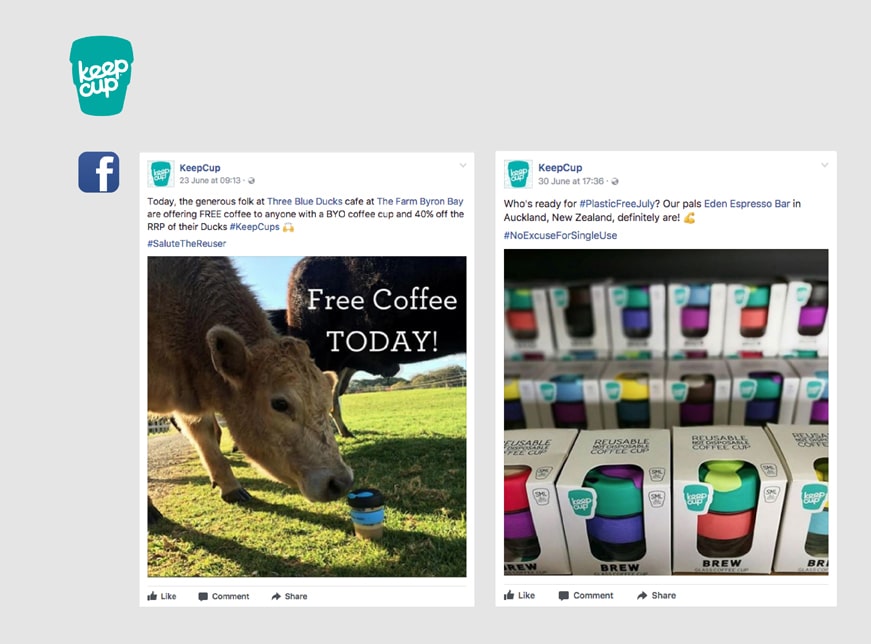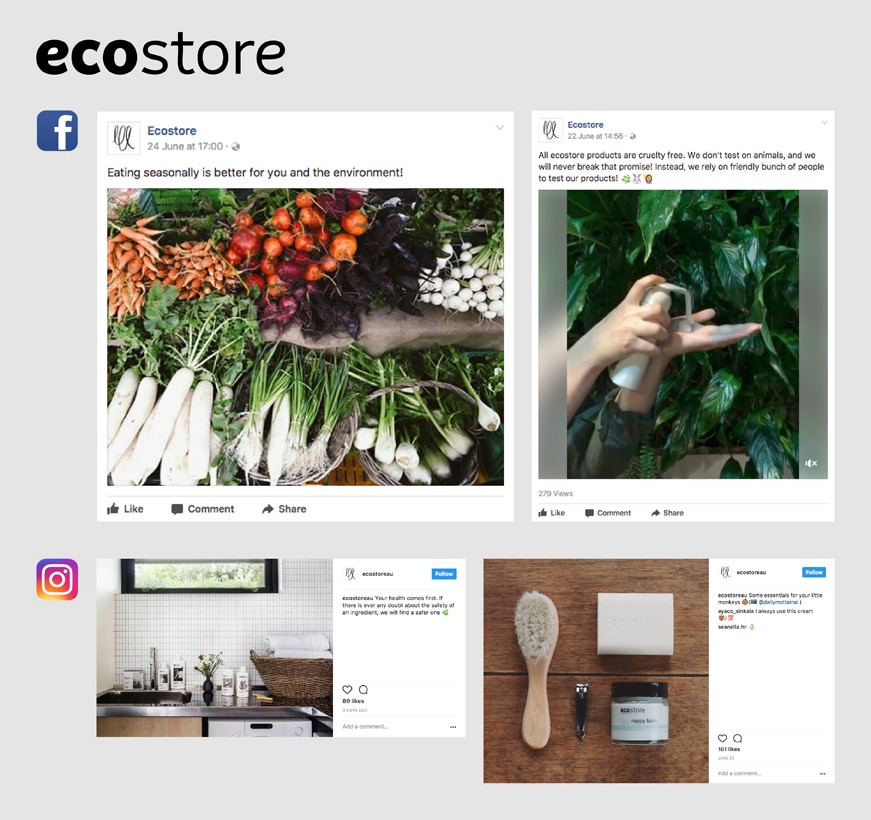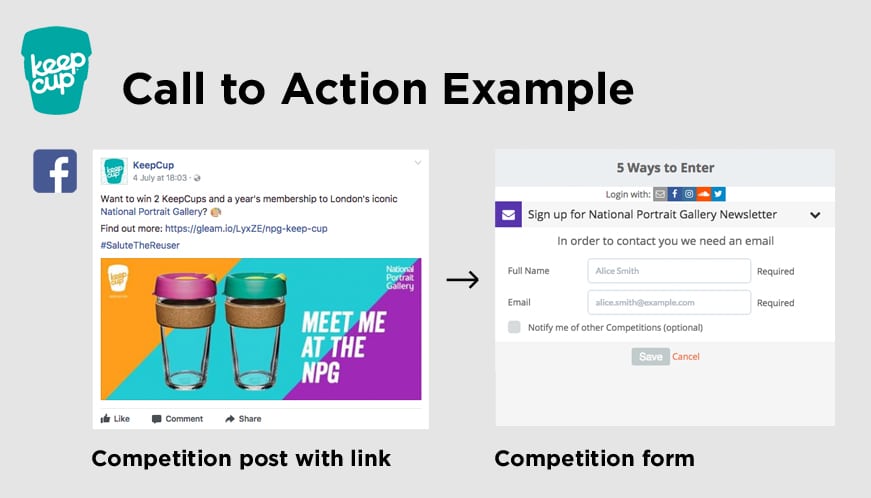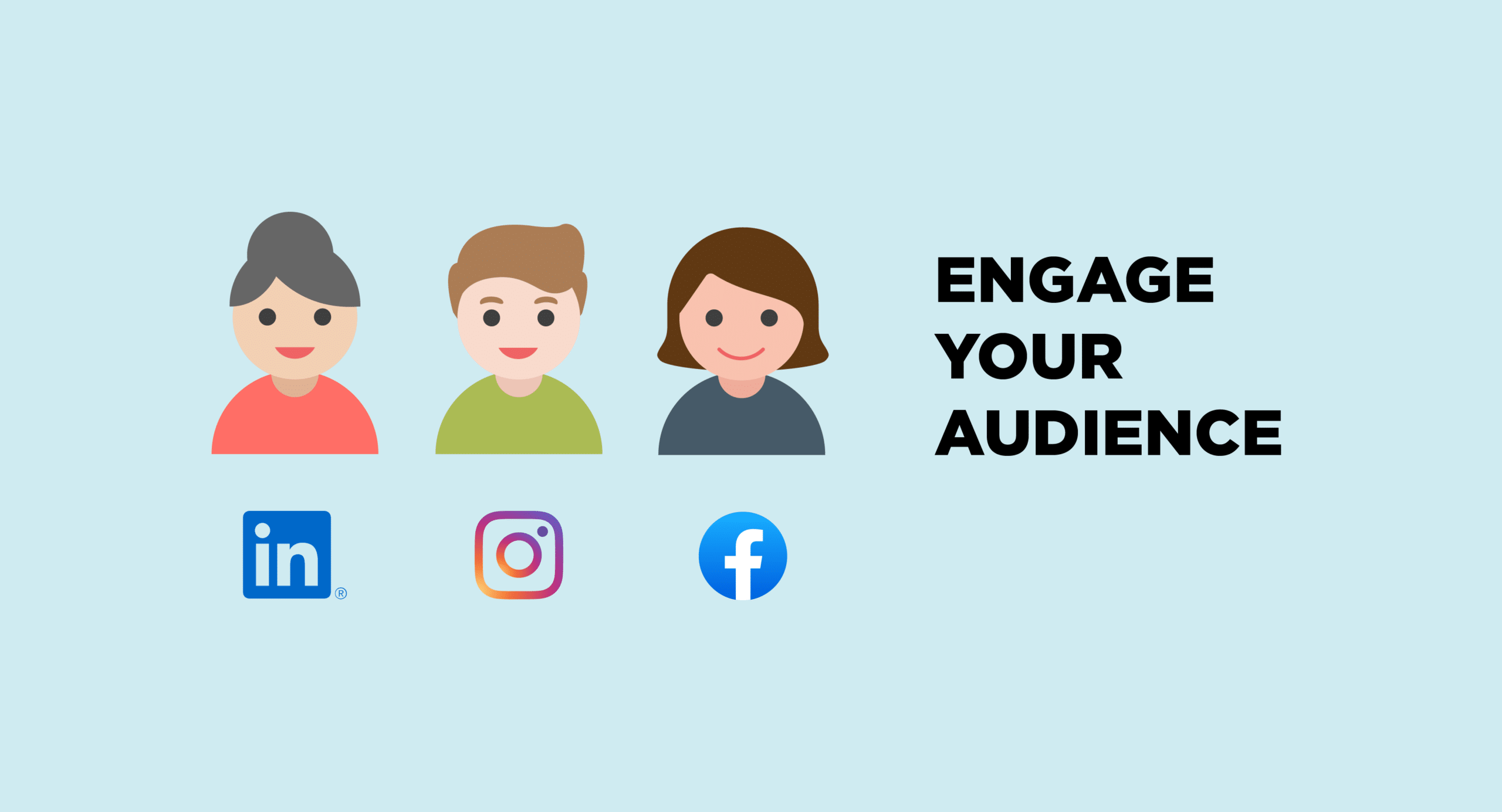SOCIAL MEDIA
11 Tips to build an effective social media branding
If you could name just one innovation that has changed the world in the last decade, what would it be? Mine would be social media.
It’s now almost impossible to imagine a world without selfies, check-ins, photos going viral or firestorms of outrage generated by a comment from someone we didn’t know existed yesterday.
Social media has created a whole class of fabulously wealthy tech-nerds, led by Facebook founder Mark Zuckerberg and catapulted people like the Kardashians from obscurity straight into Hollywood’s A-list.
Along the way, it’s also revolutionised brand marketing strategy, providing an easy to use, cost effective platform for brands to talk to global audiences while bypassing media’s gatekeepers and avoiding hefty advertising costs.
Social media branding has catapulted some companies to instant stardom. But the story less often told are the countless businesses whose profiles attract just a few dozen followers and half a dozen likes.
With the number of social media users in Australia still growing – an increase of 4.6% between 2021 and 2022 – why is still it so hard for businesses to connect online? It all comes down to the right strategy.
So let’s unpack the hype and take a close look at social media and what it means for brand managers. What are the branding rules on the new digital frontier? How can the right social media strategy help connect with your audience like never before?
1. Stick with the major social media platforms
It can be tempting to try and hitchhike on the ‘next big thing’, but I would caution business owners to leave gambling to the punters.
While hundreds of new social media platforms are launched every year, 99% of them are quietly folded within months, while the biggest continue from strength to strength.
Nearly every successful social media branding strategy I have seen has its success anchored through a presence on the majors: Facebook, Instagram and increasingly Snapchat.
Similarly, for executives or business owners keen to build a wide reaching personal brand, a well thought out profile on Twitter and LinkedIn is a must.
Depending on how your marketing strategy is designed, YouTube, Pinterest and StumbleUpon TikTok may also provide opportunities to reach social media users.
But if you’re interested in a strategy that works, don’t be in a hurry to rely on other platforms to drive brand awareness or engagement. Find out which major social networks your target audience use and invest your efforts there.

KeepCup uses social media to connect with their audience with promotions and community campaigns.
2. Know where social media sits in your brand strategy
It’s true that if you watch enough business TV shows, you will see examples of tear-away success created thanks to a brilliant social media campaign. But you should remember that’s the reason they are on TV – because they are so unusual.
Having a piece of content ‘go viral’ is extremely rare, particularly if you’re a little-known or local brand. No matter how clever or unique your social media content is, it’s a challenge to get enough eyes on your posts to make a difference.
What we know does work is a long-term brand building process, using social media as a channel to share your brand story. For most small and medium sized businesses, a well thought out social media presence is now a must, but you should think of it as a derivative of your brand strategy not the driver.
Having thousands of followers may be valuable to your business but that’s not your goal; having a rising number of your market niche engaging with your brand and getting excited about its offer is.
It’s important to note that social media isn’t just for attracting new clients, either. One major function of this ‘relationship marketing’ channel is keeping existing customers excited about your brand, and turning casual clients into bona fide fans.
This means social media marketing is a vital subset of marketing efforts, but it’s not the sum total, and social media branding should ‘trickle down’ from an overarching marketing strategy, not substitute it.
For most business owners, this translates into allocating around 2%-5% of your marketing budget and a couple of hours each week working on social media.
3. Broadcast your brand personality consistently
Not a week goes by where I don’t get asked the question, “What makes a “great brand?”
The short answer is that while there are many important elements, ensuring your brand has a true personality is the absolutely crucial factor.
Much like a human personality, brand personality lays the groundwork for how customers see your brand, what they can expect from it in the future and what buying your brand says about them to their friends and peers.
Having a brand personality that is engaging, recognisable and attractive to your market is the indispensable guide to how you design your social media presence; governing where you go, what you say and when you say it.
This can be considered your brand’s voice, and it’s the part most businesses get wrong when they start a social media account.
These guidelines should be clearly laid out and documented so that every staff member who contributes to the business social media presents a cohesive brand voice. Brand consistency is critical to successful social media marketing, including across multiple platforms.
It becomes impossible to build your brand coherently if your internal staff (and any external service providers, like social media marketers or content writers) aren’t dancing to the same tune.
Your brand voice isn’t just about the way you type, either. Visual style is just as crucial as writing style, possibly even more so when image-based content is front and centre.
Your brand’s visual language should be front and centre when you create content, uniting every photo, illustration and video you post on social platforms.
4. Focus on your target audience, not the whole world
Of course, part of the promise implicit in all digital marketing is that it makes the world your oyster.
That’s fine as far as it goes, but if you own a fashion store in the northern suburbs of Melbourne, how important are the views of people in Rwanda or Cleveland?
The answer in nearly all cases is not at all, so take the hint and start with your local market. After all, brand awareness isn’t much use if there’s no chance of your audience making a purchase.
Since Facebook launched its advertising in 2012, it has promoted many advertising tools but I find Pinpointing the most helpful.
Essentially, Facebook provides data allowing you to isolate users to within a radius of three to five miles (five to eight kilometres) of your location.
For the 92% of Australian businesses we refer to as SME or Small and Medium Enterprises, this radius is where 90% plus of their paying customers live.

Ecostore engages with their target audience using lifestyle photography to market their brand values.
5. Images speak a thousand words…
We talk about having conversations on social media, but I have found photo based posts are the most effective.
Start by adding a photo, meme or image and when its loaded, add a targeted message in the description. Facebook will recognise this as a photo post rather than a link post, and these posts typically generate a far greater reach.
While we’re talking images, let’s also look at Instagram which last year clocked up nearly 1 billion active users worldwide, including six million in Australia.
It’s been a boon for celebrities and a growing number of until-now unheard of beautiful people posting glamourous pics of their glamourous life, some of them raking in six figure incomes for the privilege.
These ‘influencers’ are the key to getting big numbers of impressions on Instagram but if you don’t have the budget for a Miranda Kerr or Shane Warne, don’t despair
There are plenty of ‘B-list’ sports stars, fashion models and others you can appoint as a brand ambassador for a reasonable fee. Just ensure they have a reasonable following (bare minimum 10,000) and fit your brand image like a glove, then once they are on board, monitor their performance closely.
6. Keep it real and video content a million more.
You’ve heard it before, but we’ll say it again – we’re living in the age of video-first content.
You may not have the resources to launch a Youtube channel for your brand just yet – but then again, the bar for video content may be lower than you think. There’s no need for professional camera gear or even hiring a videographer: all you need to record video for social media is your smartphone camera or webcam.
If this sounds a little lowbrow to you, take some time to look at what your favourite brands are doing on social media. Video content no longer needs to be polished to be watchable, and the authenticity of selfie-style video or behind-the-scenes glimpses actually tends to drive engagement.
When it’s time to get serious about video marketing, it’s well worth investing in professional filming and production services. But for most businesses, it’s better to get started with what you have than miss out on a social media branding opportunity.
7. Use different channels and formats for holistic brand building
Social media platforms have certainly evolved over the years, and your options are now far more diverse than simple text or photo posts.
Facebook and Instagram Stories are incredibly versatile – allowing you to share photos and video, ask questions, answer them and even hold polls for your followers. Given that stories are transient – disappearing after a set amount of time – this provides a lot more freedom for informal communication that keeps audience engagement high.
Of almost a billion Instagram users, 500 million use Stories on a daily basis. It’s a priceless opportunity to invest in consumer relationships, using content that’s quick and cost-effective to produce.
Platforms like Snapchat and TikTok have embraced this format completely, giving you a full spectrum of options that can be utilised to build your brand online. Of course, it’s crucial to be selective and make sure your choice of social media accounts (and content marketing types) is consistent with your brand strategy.
But you shouldn’t limit yourself to just a single format, either – creating strategic content of different types across multiple platforms means you’re building a well-rounded and holistic brand.
8. Keep it real and human (like your audience)
The thing to keep in mind is that social networks are not just another advertising platform, first and foremost this media is truly social – helping people cultivate human connections.
That human connection explains why Snapchat’s here now, gone the next instant functionality appeals to teenagers wanting to keep their parents well away from their secrets and gossip.
So, before you launch a social media strategy, consider who your audience is and how they are using the media you have identified.
The human connection social media facilitates also means your strategy must be seen as authentic. Corporate style bland advertising typically fails in this environment.
When it comes to social media, one of the most powerful use cases is to give your audience a ‘behind the scenes’ look at your business. Capturing elements of your day-to-day operations in a way that genuinely represents your culture or brand identity makes for compelling (and authentic) content.
Consider what social media branding can achieve that formal advertising can’t – and make maximum use of those unique features.

KeepCup uses social media posts to link to competitions and promotions.
9. Include a Call to Action with online content
Like any marketing communications, a great social media post has a cut-through brand message and a call to action.
Our experience shows that time-limited offers targeted directly to the needs and mindset of your target audience works well, as does endorsements of causes that you and your audience care about.
Different social media platforms will have different levels of commercial intent. It all depends on what people are looking for when they open the app or website.
For instance, Pinterest users may actively be searching for a product or idea when they pick up their phone, so it’s an ideal place to directly promote a helpful or attractive product.
On the other hand, users on TikTok are looking to be entertained, not advertised to. If you’re using this video sharing platform, focus on brand building and capturing your organisation’s personality, with more indirect links to your product or service. Influencer marketing is an effective way to reach customers on these less commercial social networks.
Once again, brand awareness is great, but it doesn’t translate into revenue unless you create a clear path for conversion. Don’t lose track of what the key goal is – and in fact, you should have strategic and measurable goals for your social media marketing efforts.
Setting clear KPIs for social media campaigns will allow you to evaluate whether your investment is paying off. If you find that it isn’t translating into sales, it’s time to go back to the drawing board.
10. And now, a few of the don’ts
As I’ve mentioned above, a good social media presence is designed to increase the engagement with your brand but is not an end point in itself.
I’ve seen many examples of businesses so keen to build their social channel, they use their physical location to promote and incentivise likes and follows with an offer of a discount.
Lowering the price expectations of visiting customers and lowering your cash flow is a very high price to pay for attracting a few dozen followers.
Similarly, my agency has come across business owners who spend 20 hours a week or more pumping out messages into the social sphere without any idea of what their return on investment will be for all this time and effort.
For most SMEs, a weekly or twice weekly schedule of innovative, quirky on-brand social media posts is sufficient.
Don’t simply refashion the same content from other platforms and run it across your social accounts; that can very quickly look inauthentic or worse boring. Mix it up and have a little fun with the medium.
Social media branding is a fantastic creative space to communicate what your brand is all about. Original content is the best way to make that happen, while borrowing the messaging of other brands fails to communicate anything meaningful about yours.
And hard sales pitches don’t work – instead they usually result in turning most of your followers off.
A demographic breakdown of potential audiences using Facebook. Credit: SproutSocial
11. Now track your results
The beauty of all things digital is that these mediums come with ready to go tools so you can see exactly how your campaigns are travelling.
You can embed UTM tracking into your links to monitor which posts perform and which ones don’t. You should also Google Analytics where under the Attribution tab you can check how many visitors to your website landed through Social Media content.
There are many ways business can promote their brand on social media – so what’s stopping you. If you want a friendly chat about how your brand can be reinvigorated feel free to reach out and connect with a brand agency team like Liquid Creativity.












